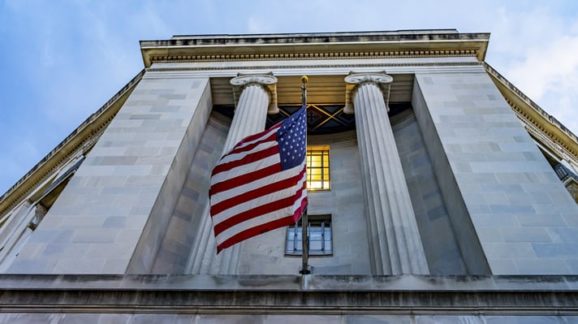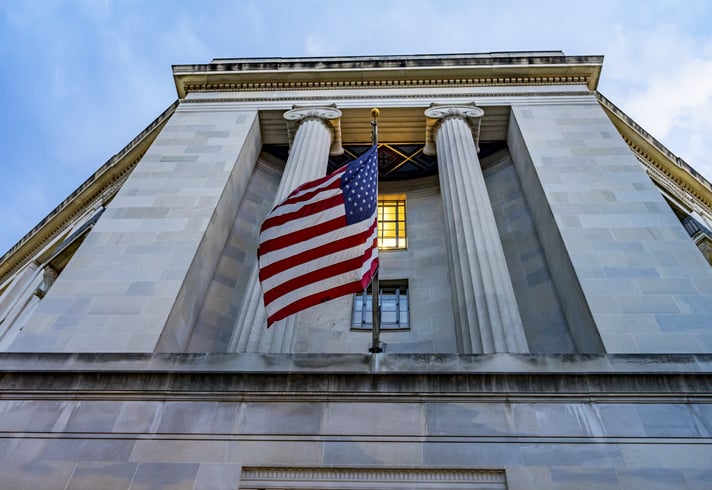Unions Say They Shouldn’t Be Burdened with Complex Process They Created

Photo Credit: Getty
 A favorite tactic used by unions to prevent membership losses, and the accompanying loss of dues money, is making the process of opting out of as difficult and confusing as possible. Government employee unions may now get a taste of their own medicine thanks to a federal rule announced Thursday that puts the burden on unions, not workers, to deal with the process.
A favorite tactic used by unions to prevent membership losses, and the accompanying loss of dues money, is making the process of opting out of as difficult and confusing as possible. Government employee unions may now get a taste of their own medicine thanks to a federal rule announced Thursday that puts the burden on unions, not workers, to deal with the process.
The Federal Labor Relations Authority (FLRA) said Thursday that government workers must be allowed to exercise their right to opt out of paying union dues in writing at any point during the year. Previously, most unionized federal workers could only do it during a brief 15-day period once a year. If workers missed that, they were automatically re-upped and had to pay dues for another year. Almost a million federal employees, more than a quarter of the overall workforce, are unionized.
Federal worker unions protested the change, claiming that processing the requests would be complicated and burdensome for them. The FLRA replied that if that was the case it was the unions’ problem because that’s how they set up the process.
The agency noted that, except for the National Treasury Employees Union, no federal worker union had set time periods for all workers to opt out. Instead, union contracts made the opt-out periods begin on either the anniversary of the worker’s hiring or joining the union. This means that the opt-out period was unique for each individual, “and such a system does not beget administrative simplicity.”
In other words, the FLRA was saying that the current system already results in workers sending in their opt-out requests at different times throughout the year. Therefore, it was hard to see how letting all workers send in their requests at any time during the year made it any more random.
In any event, the agency added, the ability to revoke dues payments was “designed primarily for the benefit of the employee, not the union.”
Why do the unions have these opt-out windows in the first place? Why not allow members to leave of their own volition whenever they want? The supposed reason is to help unions factor the opt-outs into their annual budgets by processing all requests at the same time. The real purpose, however, seemed to be to limit the number of workers who would try. Human nature meant that many who might want to opt out would miss or forget that the opportunity was approaching. Tellingly, if workers submitted their requests early, the union wouldn’t hold on to the request and process them when the opt-out period arrived. No, they only accepted requests received during the opt-out period.
However, some unions realized that if the opt-out window was the same for all workers, there was a risk that one would alert their colleagues when it was approaching or it might get marked on workers’ calendars. To get around that, the unions came up with the idea linking the period to the individual worker’s first day on the job or something similar. This meant the dates would be staggered throughout the year and coworkers could not alert each other or even know when their date was coming up without doing some checking.
American Federation of Government Employees National President Everett Kelley fumed that the rule was “union-busting” and complained that “reverses nearly a half-century of settled and well-reasoned legal precedent by ending window periods.” Kelley did not offer any defense of the windows or explain what purpose they served.